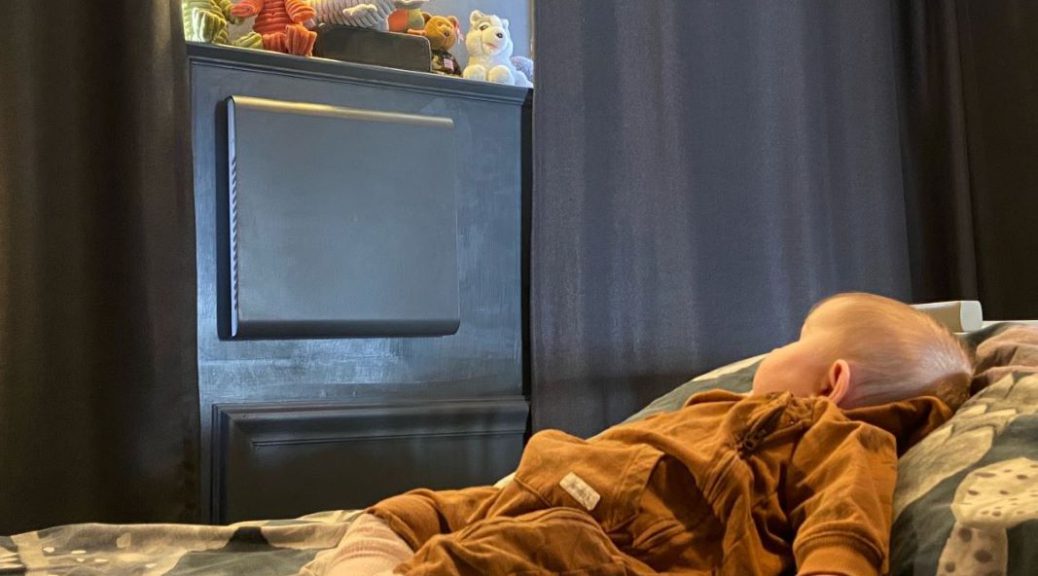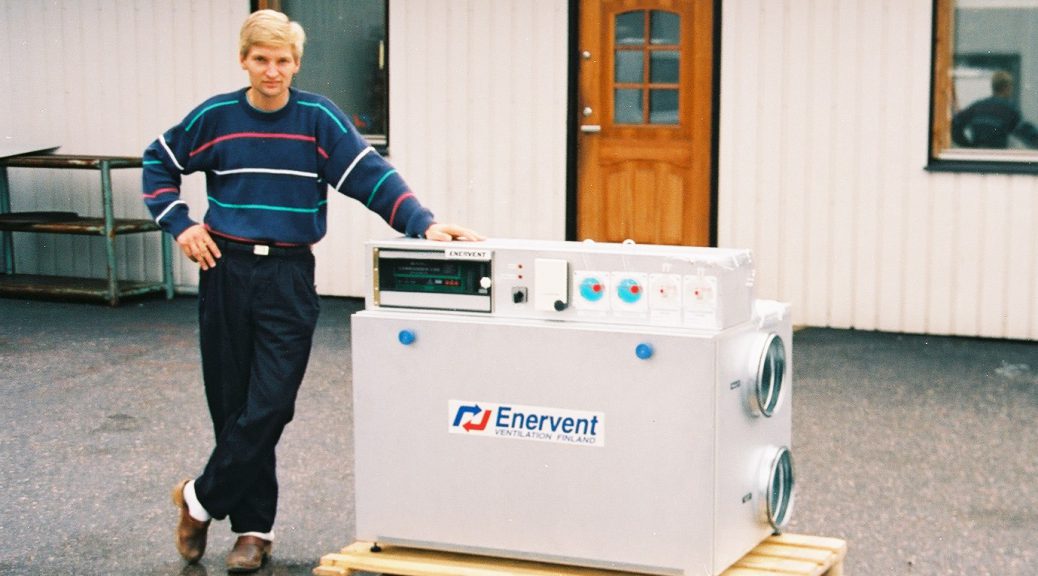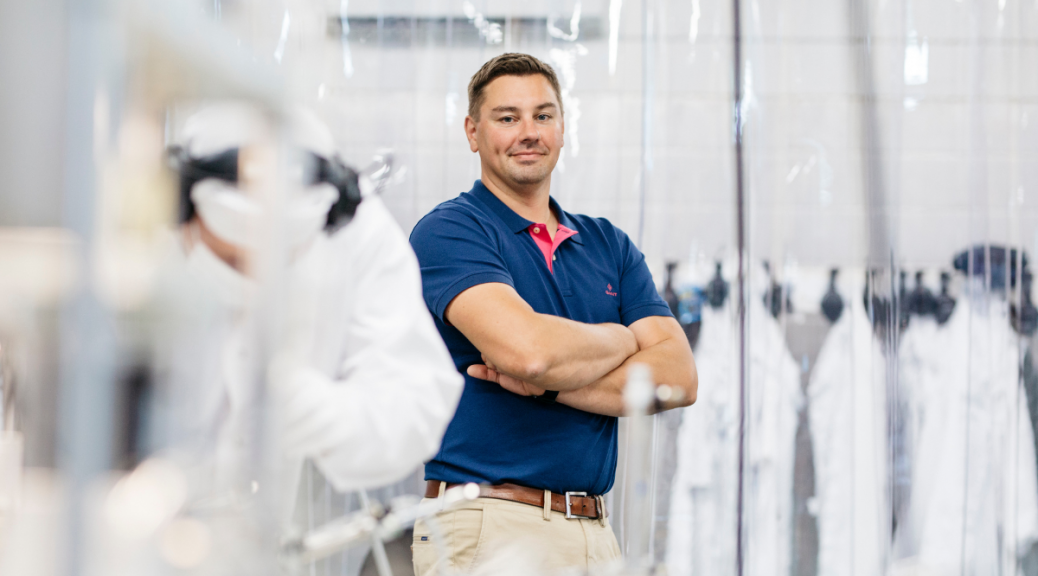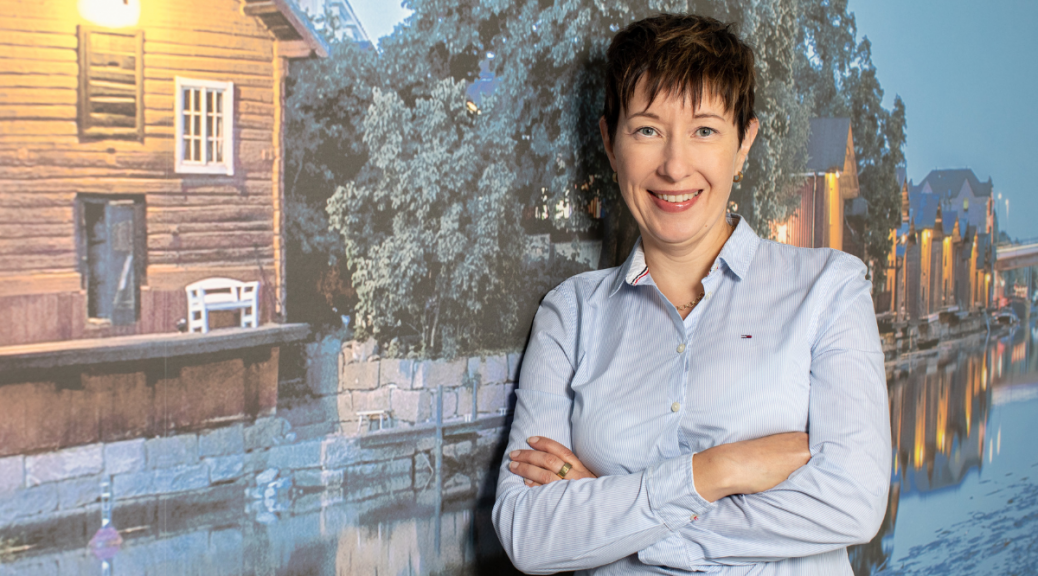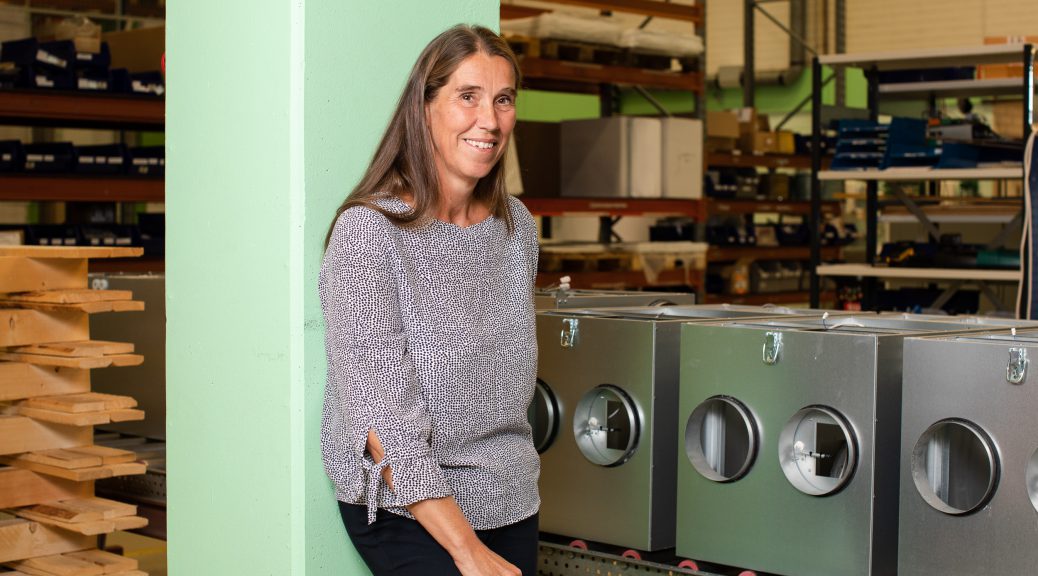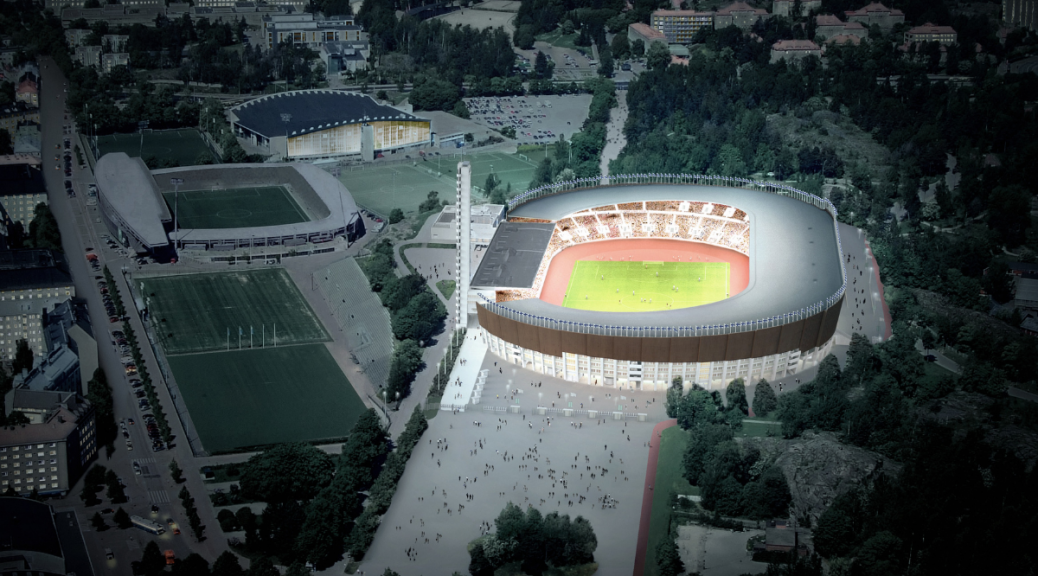When Maria Klemetz and Janne Käpylehto were looking for a new home for their family, they had a clear goal in mind. The hope was to find a house built before 1950 near the Old Town of Helsinki. The area is known for its old houses with cosy gardens. The couple had time to inspect a dozen or so properties before they found the right one.
– We were desperately looking for a suitable house on the Käpylä-Kumpula-Toukola axis. The task was not easy, as we both need our own workspaces at home. Our home wasn’t even for sale when we first saw it a couple of years ago, says Janne Käpylehto.
– From the outside, the three-storey house had a suitable personality and diversity, which made an immediate impression on both of us, confirms Maria Klemetz.
What made the house special?
– When we finally got to see the building from the inside, it was even better than we expected. By then, the functionalist house, which had already seen its best days, had last been renovated in the 1980s. But we immediately recognized several fantastic structural solutions: wide windows, tall windows, arched windows and an impressive 6.5-meter room height in the entrance hall.
An old house is an adventure
Klemetz’s and Käpylehto’s own backgrounds made it easier to plan the renovation. The architect and technology innovator had a clear vision of how to restore the middle-class home from 1939 to its former glory, but at the same time also suitable for everyday life in a modern family with children. In addition, they wanted to use traditional building materials as much as possible.
– It was clear from the beginning that we don’t want structures that don’t breathe in our home. Frankly, we wanted to avoid all plastic as much as possible, explains Käpylehto.
The division of labour was clear, Maria Klemetz took over the responsibility as main designer. The people who carried out the renovation were found through the couple’s own network and with the help of neighbours and recommendations.
As always when carrying out renovations, surprises were not avoided this time either.
The extensive surface renovation, which was supposed to take a few months, turned into a two-year work camp and the budget was tripled. The family also managed to grow during this time. But the result is exactly what was hoped for – a home where it is easy to breathe.
Indoor climate solutions on the residents’ terms
The house had gravity ventilation characteristic of the construction period, which we wanted to preserve. It was clear from the start that we needed a different kind of solution for the bedrooms.
– In my work, I had already gotten to know different ventilation solutions, so we knew that there are many different options, confirms Maria Klemetz.
The couple found suitable units from Zehnder through traditional Googling. The ComfoSpot 50 was chosen for several reasons. It is easy for Janne Käpylehto to list the qualities that weighed heavily in the scales during the election. According to him, even a water-circulating radiator sounds more than the ventilation units in the bedrooms.
– ComfoSpot 50 is so quiet that it could also be installed close to the bed. The appearance was of course also important, i.e., the fact that the unit’s indoor and outdoor unit can be masked. You can practically forget about the unit’s existence, as the automation adjusts the flow rate by itself. The only thing you need to do is change the filter. The indoor air in the bedrooms has been healthy since the installation and I have told many people that it feels like sleeping outside in a tent, summarizes Käpylehto.
Zehnder ComfoSpot 50 is a room-specific ventilation unit with heat and moisture recovery and continuous supply and extract air flow. It is intended for ventilation of individual rooms in both renovation and new construction projects. The unit has an enthalpy heat exchanger as standard equipment, which guarantees high heat and moisture recovery. The Zehnder ComfoSpot 50 can be equipped with various external wall panels or a window module, which means that the unit’s supply and extract air duct can be almost imperceptibly embedded in the window frame.



